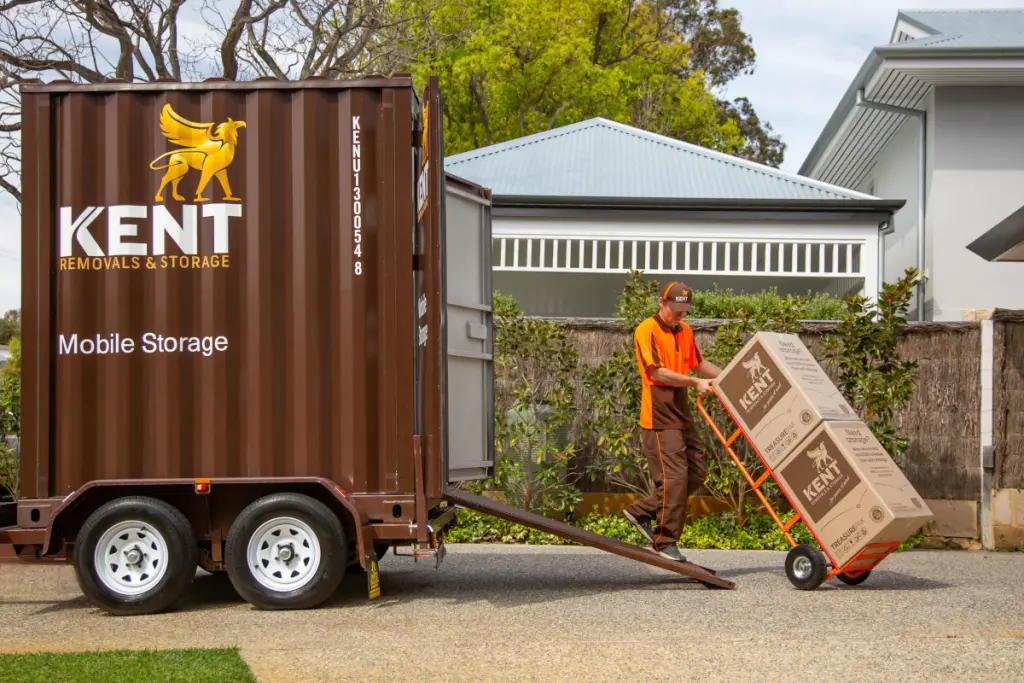Step 1: Arrange them on the floor with packing supplies
You should have sticky tape, some cardboard cut to the same sizes as your frames and canvases, non-stick paper and a lot of space. Lay out all your frames, and take note of whether they’re framed, have glass, are painted on canvas, or are uncovered oil or charcoal. You’ll have to pack each type a little differently.
Step 2: Cover framed glass with an X in sticky tape
For glass frames, use sturdy sticky tape to create an X over the glass, fully encompassing it. It’s important to consider how fragile glass is when thinking about how to pack framed art for moving. For larger frames, you may want to add more lines of sticky tape across the still empty spaces on the glass.
Step 3: Add non-stick paper to the front of painted canvas
If you have oil or charcoal artwork and it isn’t safe behind glass, it’s still probably sealed with an artist’s spray, so you don’t have to worry about smudging it. However, adding non-stick paper like baking paper will keep other things from marking your artwork. You can use sticky tape to secure the paper, or twine.
Step 4: Add cardboard to frames and canvas
Despite your best efforts, things can get jostled around during a move. For added security in packing artwork for moving, add cardboard on top of the glass frames, and on both sides of canvas. The extra support will help keep canvas from ripping as well as be a gentle buffer for anything that may come close to hitting the glass.
Step 5: Wrap artwork in wrapping paper
To finish packing frames individually, wrap each painting, frame, or canvas in wrapping paper, over the sticky tape and cardboard and other features. This brings all your pieces to the same packed standard, which will make it easier to pack them in boxes. This is also important when considering how to pack large pictures for moving.
Step 6: Pack into boxes according to size
For how to pack paintings for moving, you need to put them in boxes according to their size and shape, fitting close together but not too tight. Try to pack the glass all facing the same direction, and don’t let the corner of a frame poke into a canvas. If you have some odd shapes and sizes, don’t worry about it, but the important thing is finding boxes big enough to fit your frames in. Extra space is less of a problem in how to pack paintings for moving than not enough space will be.
Step 7: Fill empty space with shredded paper
In the box that you’re packing artwork in for moving, there may be additional space left over. To stop paintings from moving around and breaking or ripping, fill the empty space with shredded paper or packing peanuts. For cheaper options, even old scarves and socks can help here. So for how to pack paintings for moving, protecting them from each other is key.
Step 8: Seal and label
Seal the boxes up when you’re done, ensuring that it’s well packed and sturdy. Label fragile, and also which way the glass is facing. Remember not to stack anything atop the boxes with your artwork in it.
Whether you pack these boxes into a moving truck or the back of your car, if you’ve followed these steps then your paintings should arrive safe and sound, and undamaged. For more moving tips and tricks, check out some of our other blogs.







